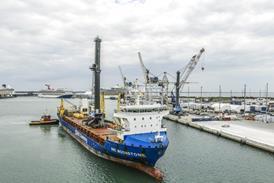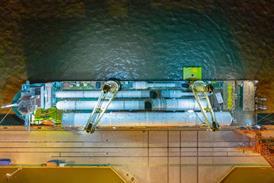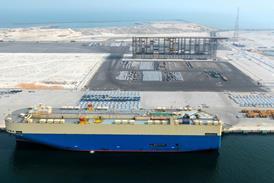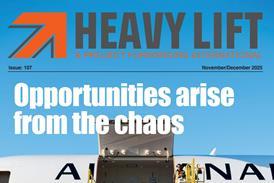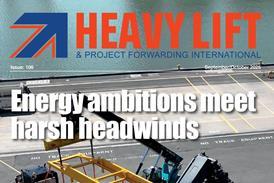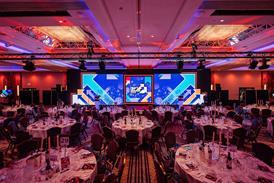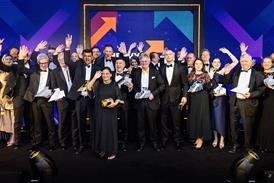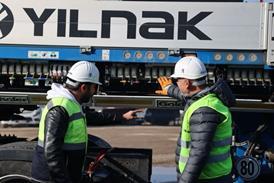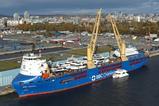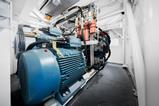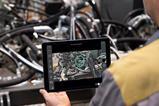From the landmark handover of its 2,000th mobile harbour crane to the deployment of electric variants, Liebherr looks back at its LHM range – a portfolio that has been defined by its adaptability.
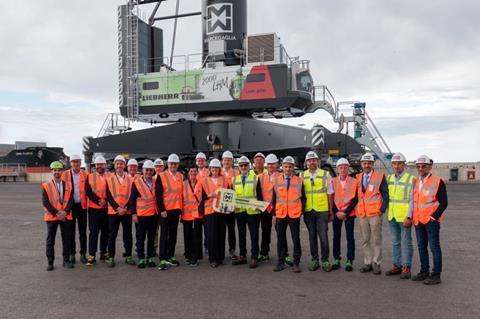
In July, Liebherr celebrated a landmark achievement: the handover of its 2,000th mobile harbour crane, an LHM 600 delivered to Marcegaglia in Ravenna. This crane, the largest at the steel group’s site, underscores a partnership that began in 2001 and has grown alongside Marcegaglia’s expanding logistics needs. With 61 metres of outreach and a 154‑tonne lifting capacity, the LHM 600 is built for high‑volume steel handling, reinforcing Ravenna’s role as a critical hub for more than four million tonnes of annual throughput. The milestone reflects not only Liebherr’s global reach but also its ability to adapt technology to specific operational realities.
Serving diverse markets with one platform
The LHM series is designed for versatility, and recent deployments illustrate how this flexibility translates across industries. In Bremerhaven, BLG LOGISTICS has strengthened its heavy‑lift operations with an LHM 550. The crane features a 4.8‑metre tower extension, 54 metres of outreach, and a 154‑tonne capacity, enabling efficient handling of project cargo at one of Europe’s busiest RoRo hubs. Ten driven axles ensure mobility across the 295‑hectare terminal, while shore‑power capability supports BLG’s decarbonisation goals.
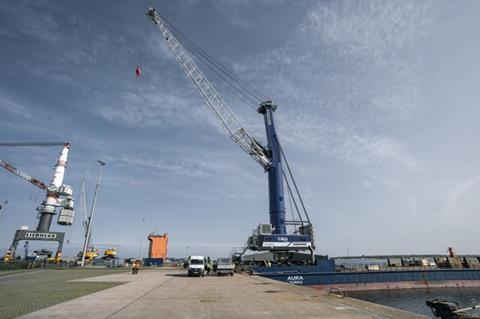
In Norway, Saga Fjordbase is integrating an electric LHM 280 into its offshore supply base. Scheduled for delivery in 2026, the crane combines an 84‑tonne winch with 40 metres of outreach and includes a reactive power compensation system to stabilise voltage and improve grid efficiency. This approach demonstrates how electrification can enhance both environmental performance and energy quality in demanding maritime environments.
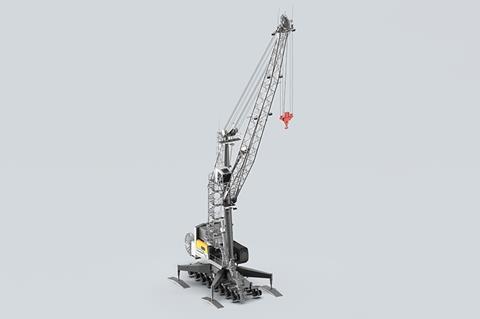
Meanwhile, in India, Green Energy Resources is investing in two electric LHM 550 cranes for Visakhapatnam. Configured in four‑rope mode with a 124‑tonne safe working load, these cranes are optimised for high‑intensity bulk handling. Delivered fully assembled, they enable rapid commissioning and minimal berth disruption – critical for a terminal managing over 3.5 million tonnes of cargo annually.
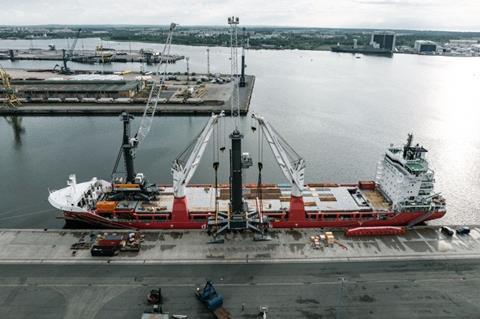
Electrification as a strategic imperative
Across these projects, electrification emerges as a defining trend. From shore‑power readiness in Bremerhaven to electric drives in Norway and India, Liebherr is aligning crane technology with the energy transition. Features such as reactive power compensation and dust‑resistant design show that electrification is not a one‑size‑fits‑all solution but a tailored response to local grid conditions, cargo profiles, and sustainability targets.
Connecting the dots: adaptable mobile harbour crane for diverse markets
Taken together, these four installations show how mobile harbour cranes are evolving to meet very different operational requirements. At Ravenna, the focus is on scale and continuity for steel logistics. Bremerhaven demonstrates the need for mobility and heavy-lift capability in a complex project cargo hub. Saga Fjordbase highlights how electrification can be integrated into offshore supply chains, not just for emissions reduction but also for energy quality and grid stability. In Visakhapatnam, rapid deployment and dust-resistant design illustrate how electric cranes can deliver both performance and resilience in bulk environments.
The common thread is adaptability. Each crane is based on the same LHM platform, yet each is configured for its specific context – whether that means four-rope grabs for bulk, tower extensions for high vessels, or reactive power compensation for grid-sensitive ports. Electrification is no longer an isolated feature; it is becoming a strategic choice across markets, supported by engineering measures that make it practical and reliable.
These examples underline a broader trend: port equipment is no longer just about lifting capacity. Energy strategy, environmental compliance, and operational flexibility are shaping procurement decisions as much as outreach or hook height. The 2,000th LHM milestone is therefore less about the number itself and more about what it represents – a portfolio that continues to adapt to the changing demands of global logistics.


